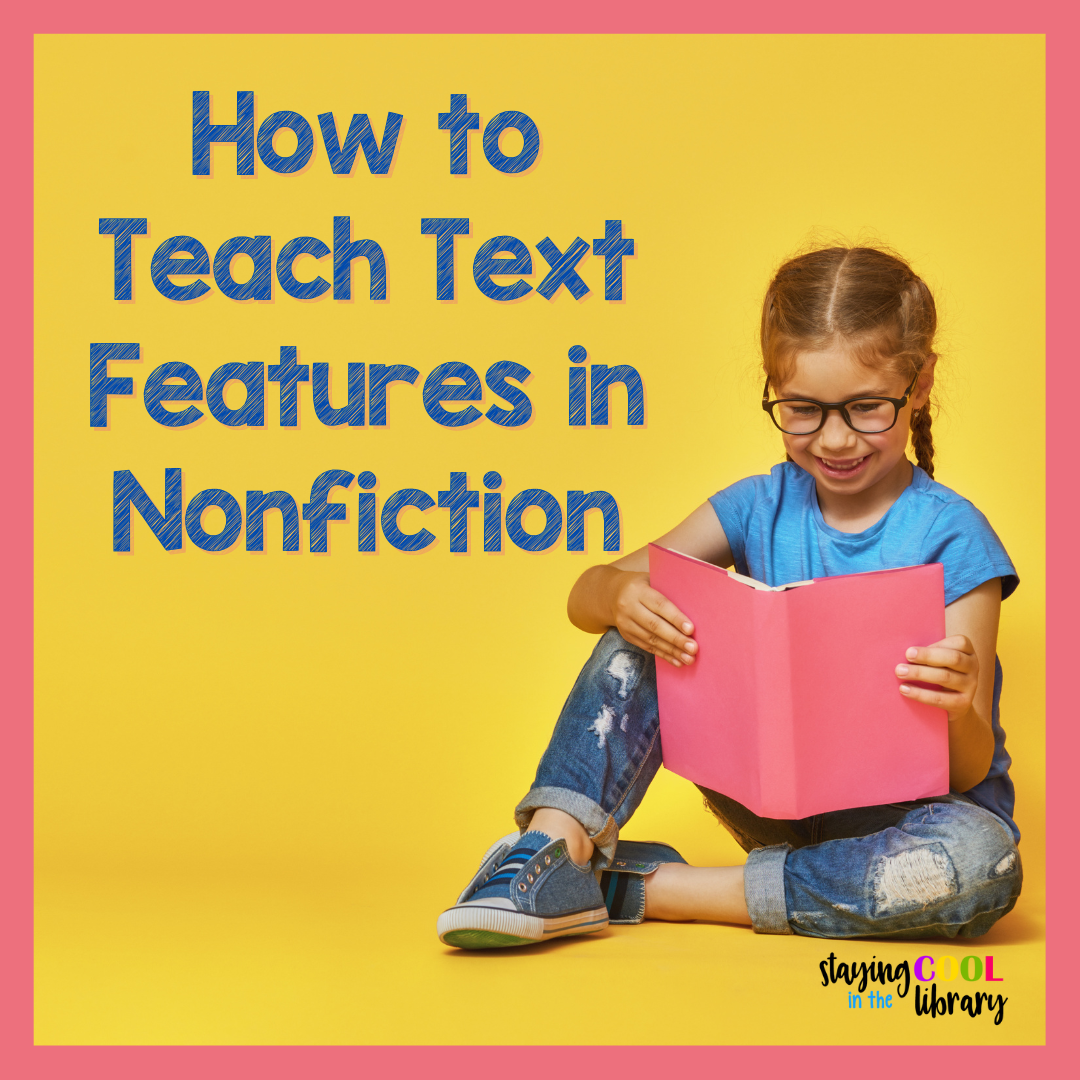Navigating the writing process can be a common challenge, both for me personally and for my students. From deciding where to start to organizing thoughts, the struggle is real. Whether assisting my students in their writing journeys or diving deep into reading comprehension, helping students work through all the thoughts and ideas can be challenging. That’s where the magic of graphic organizers comes in! Today, I’ll walk you through why graphic organizers are a must-have in your toolbox, what exactly they are, and throw in a few examples that you can use with your students! What Are Graphic Organizers? Have you ever been lost? Maybe you’ve been lost literally in a new place, or maybe you have felt lost in a school subject. Both scenarios create an icky feeling of being overwhelmed and hopeless. When students feel like this they have racing thoughts overpowering each other in their heads,













